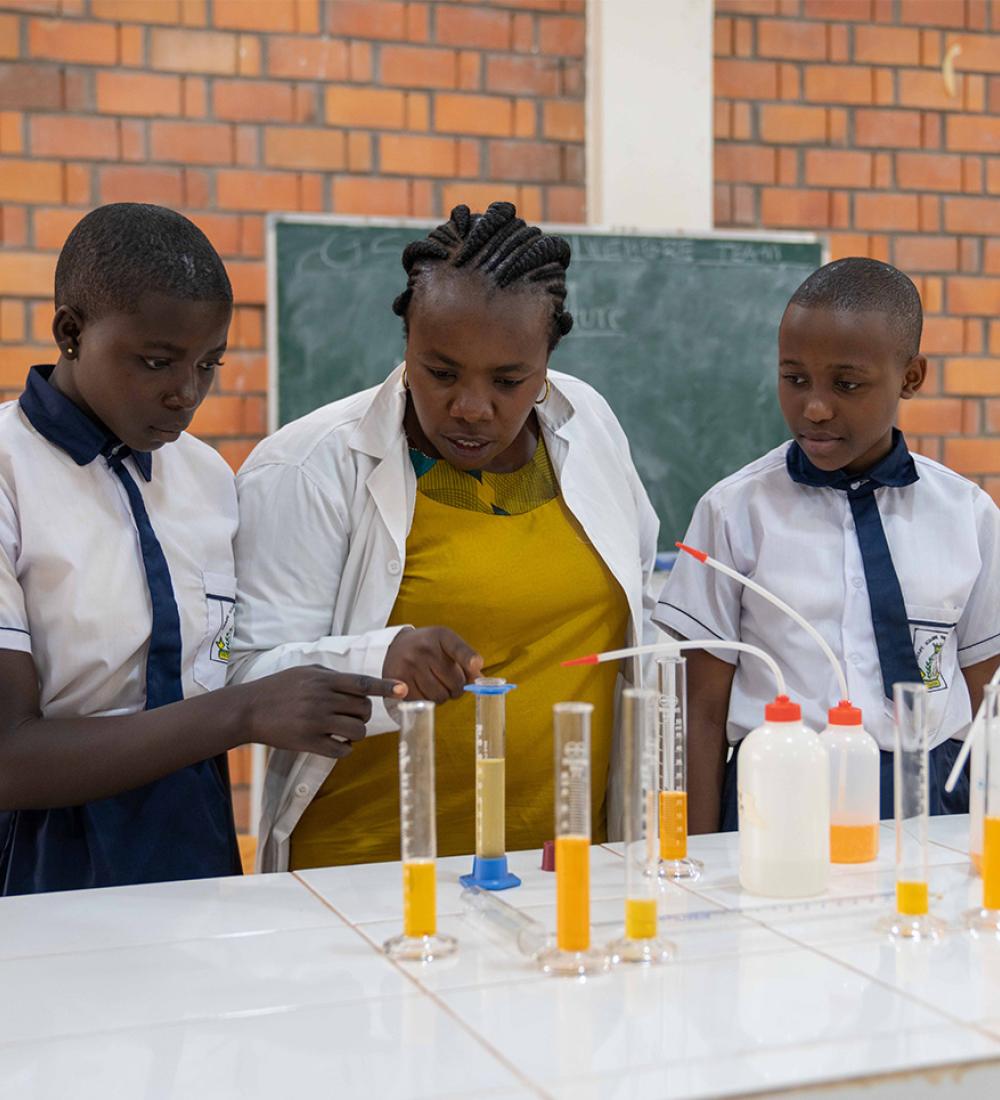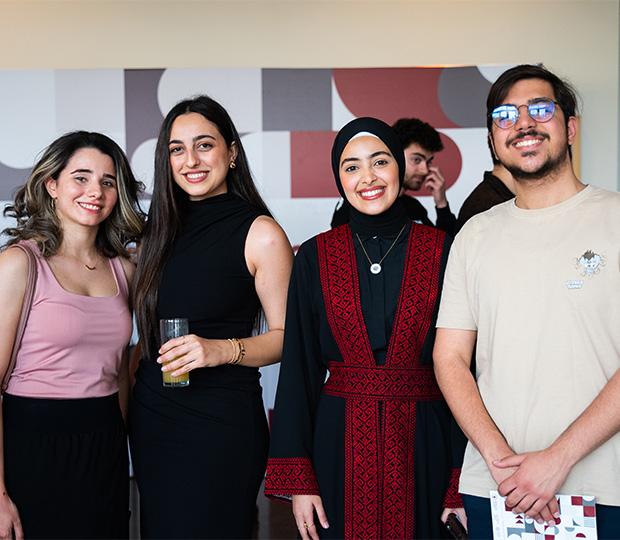#AccessToEducation
Out of school children and barriers to education
Around the world, there are more than 61 million out of school children and there is no single solution to get them back into school. The barriers keeping children and young people from education vary with geography, culture, and economic status. However, the impact of a lost education is the same everywhere.
#AccessToEducation is the key to human development. Addressing these barriers and returning children to school creates a better future for them, their communities, and the whole world.
Through the work of our programmes, EAA is working to address all of the barriers to education, including:
- The Plight of Refugees and Conflict
- Poverty
- Challenging Geographies
Our Campaign
The #AccessToEducation campaign seeks to raise awareness of these barriers, how they can be addressed, and EAA’s work to overcome them.
Over the next several months, we will be telling stories across social media about children who have overcome barriers to their education with our help. Each day, a new story will be revealed to showcase the numerous ways we work every day with our partners to overcome obstacles and provide #AccessToEducation.
Follow our stories, join us:
Together we can make #AccessToEducation universal.
The Plight of Refugees and Conflict
To start, we are highlighting the ways EAA is helping young refugees and children living in conflict zones regain access to education.
Of the estimated 65 million refugees and displaced people worldwide, nearly half of them are children.
Around 21.5 million children living in conflict zones do not have access to education.
Education has become a casualty of war, which is why access to education is critical to helping communities rebuild post-conflict. We must educate the next generation to be peacemakers, and leaders to create stronger, more peaceful communities.
Poverty
Through its four programmes, EAA provides learning opportunities to those who do not have the means to access education.
171 million more people could escape poverty if children in low-income countries had the opportunity to acquire basic-reading skills.
In sub-Saharan Africa, the risk of being poor declined from 46 per cent for those with no education to 28 per cent for those completing six years of education.
Children whose families cannot afford to send them to school often end up going to work instead, or in the case of girls getting married, to alleviate the financial burden on the household. Education empowers people to take control of their lives and break the cycle of poverty. By increasing access to education to children around the world, we promote the eradication of poverty and educational opportunities for all.
More About Our Programmes
Educate A Child (EAC) works with a network of partners to deliver education to marginalised communities across 42 countries. They have committed to enrol more than 6.9 million out of school children, of which more than 3.9 million are already enrolled in quality primary education programmes. Find out more about their work: http://educateachild.org.
Protect Education in Insecurity and Conflict (PEIC) promotes access to education through legal advocacy. They have made a crucial contribution to preventing attacks on education by armed non-state actors through global advocacy partnerships and as a founding member of the Global Coalition to Protect Education from Attack (GCPEA). Find out more about their work: http://educationandconflict.org.
Al Fakhoora helps young refugees or those living in conflict zones to access higher education. It provides young people in Gaza and the West Bank and Syrian refugees in Turkey, Jordan and Lebanon with scholarships and psychosocial support to ensure their access to higher education and rehabilitates schools damaged by conflict. Find more about their work http://fakhoora.org.
Reach Out To Asia (ROTA) works to empower local communities across Asia and the Middle East through the development of human potential. Over the years, ROTA has empowered young people and provided them with access to education and the training they need to realise their full potential and shape the development of their communities. Find out more about their work: http://reachouttoasia.org.













